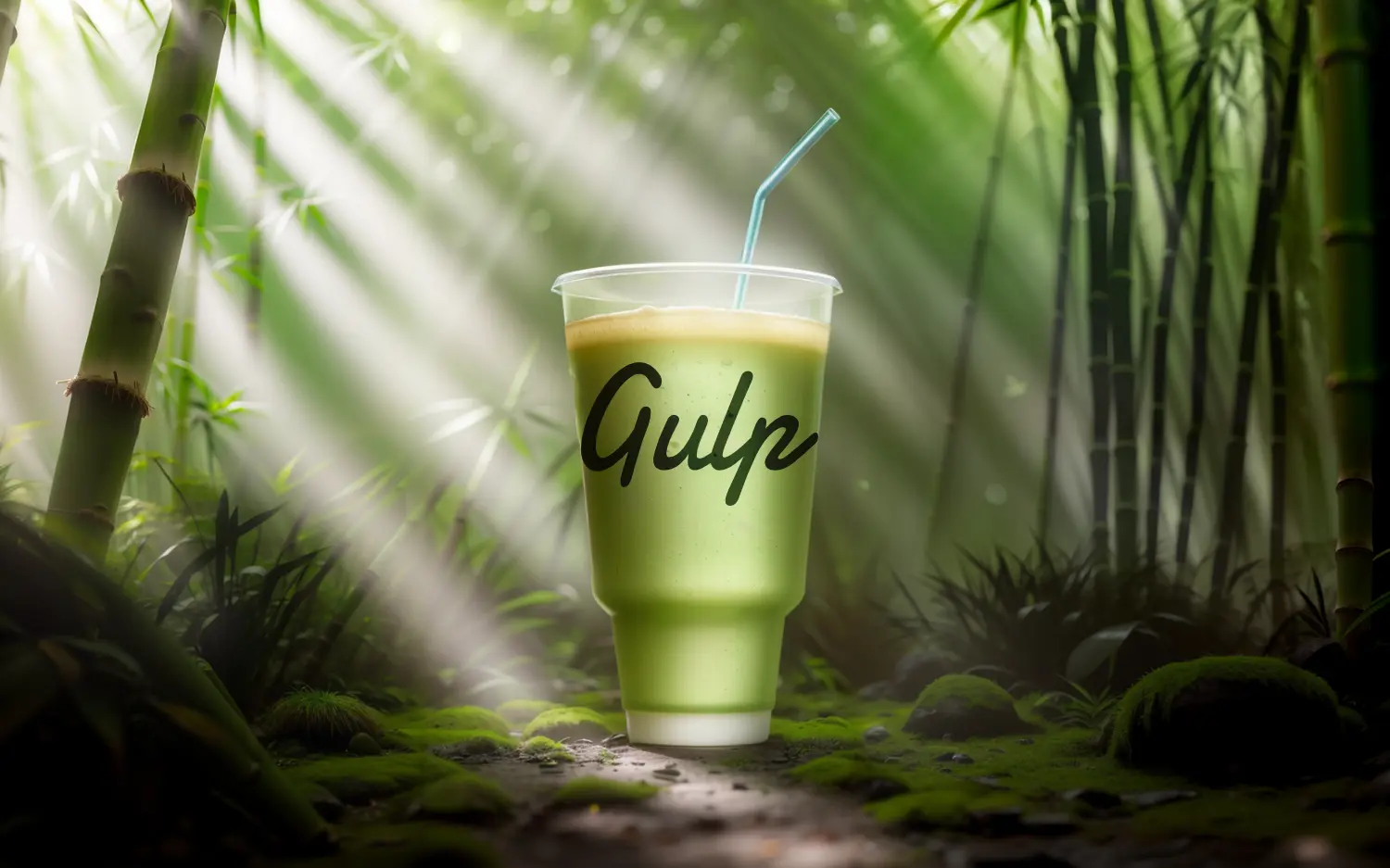Introduction to Gulp.js 12: Optimize CSS, JavaScript, Images and HTML

This is the 12th part of my series, Introduction to Gulp.js. Today I will write tasks to optimize the assets of my website: CSS, JavaScript, Images, and HTML.
Every Kilobyte, which has to be loaded, will slow down the loading of my website. That’s why I will minimize all my CSS and JavaScript and run my images through an optimizer, to remove as many bytes as possible. I will also add a task for minimizing HTML, but I don’t use this task because the reduction is minimal.
CSS
First, I will write a task, which will optimize the CSS. Compass can minimize the CSS for production, but this Gulp.js task squeezed another 6 KB out of my files.
I install the needed Gulp.js plugins:
$ npm install --save-dev gulp-csso@2.0.0 gulp-size@2.0.0
gulp/config.js
optimize: {
css: {
src: developmentAssets + '/css/*.css',
dest: productionAssets + '/css/',
options: {}
}
}
gulp/tasks/production/optimize-css.js
var gulp = require("gulp");
var csso = require("gulp-csso");
var size = require("gulp-size");
var config = require("../../config").optimize.css;
/**
* Copy and minimize CSS files
*/
gulp.task("optimize:css", function () {
return gulp.src(config.src).pipe(csso(config.options)).pipe(gulp.dest(config.dest)).pipe(size());
});
This task will copy the CSS files from the assets folder, minimize them, remove comments, output the size of the file, and copy them to the production assets folder.
JavaScript
Now the CSS is minimized, and the same has to be done to the JavaScript files. I use UglifyJS for this task. If you don’t like it, go ahead and use a Google Closure or YUI compressor Gulp.js task.
$ npm install --save-dev gulp-uglify@1.0.1
gulp/config.js
optimize: {
css: {
...
},
js: {
src: developmentAssets + '/js/*.js',
dest: productionAssets + '/js/',
options: {}
}
}
gulp/tasks/production/optimize-js.js
var gulp = require("gulp");
var uglify = require("gulp-uglify");
var size = require("gulp-size");
var config = require("../../config").optimize.js;
/**
* Copy and minimize JS files
*/
gulp.task("optimize:js", function () {
return gulp
.src(config.src)
.pipe(uglify(config.options))
.pipe(gulp.dest(config.dest))
.pipe(size());
});
This task will take the JavaScript files, minimize and optimize them, put them in my production assets folder, and output the size.
Images
Next, I will work on the images. They need to be copied to the production assets folder and crunched (reduce the size). This may take a while, depending on the size and amount of your images, that’s why I optimize the images for production.
I’ll need gulp-imagemin for my task, which can minify PNG, JPG, GIF, and SVG images:
$ npm install --save-dev gulp-imagemin@2.3.0
gulp/config.js
optimize: {
css: {
...
},
js: {
...
},
images: {
src: developmentAssets + '/images/**/*.{jpg,jpeg,png,gif}',
dest: productionAssets + '/images/',
options: {
optimizationLevel: 3,
progressive: true,
interlaced: true
}
}
}
gulp/tasks/production/optimize-images.js
var gulp = require("gulp");
var imagemin = require("gulp-imagemin");
var size = require("gulp-size");
var config = require("../../config").optimize.images;
/**
* Copy and minimize image files
*/
gulp.task("optimize:images", function () {
return gulp
.src(config.src)
.pipe(imagemin(config.options))
.pipe(gulp.dest(config.dest))
.pipe(size());
});
This task will take my images, optimize them, copy them to the assets folder, and output the size.
HTML
As said before, I wrote this task, and you can see how to do it, but I don’t use it because the reduction is minimal and not worth the messy markup. I like to keep it readable, so other people can learn from it.
$ npm install --save-dev gulp-htmlmin@1.2.0
gulp/config.js
optimize: {
css: {
...
},
js: {
...
},
images: {
...
},
html: {
src: production + '/**/*.html',
dest: production,
options: {
collapseWhitespace: true
}
}
}
gulp/tasks/production/optimize-html.js
var gulp = require("gulp");
var htmlmin = require("gulp-htmlmin");
var config = require("../../config").optimize.html;
/**
* Minimize HTML
*/
gulp.task("optimize:html", function () {
return gulp.src(config.src).pipe(htmlmin(config.options)).pipe(gulp.dest(config.dest));
});
Conclusion
This concludes the 12th part of my series Introduction to Gulp.js. Today we learned how to minimize CSS and JavaScript files and reduce the size of images.